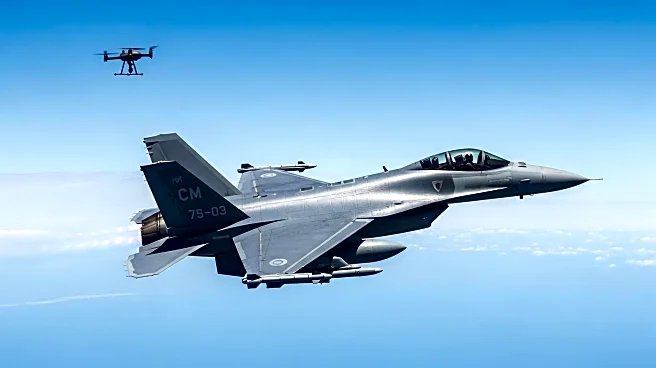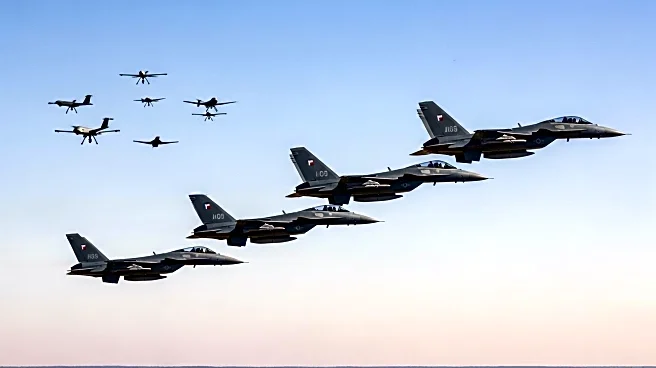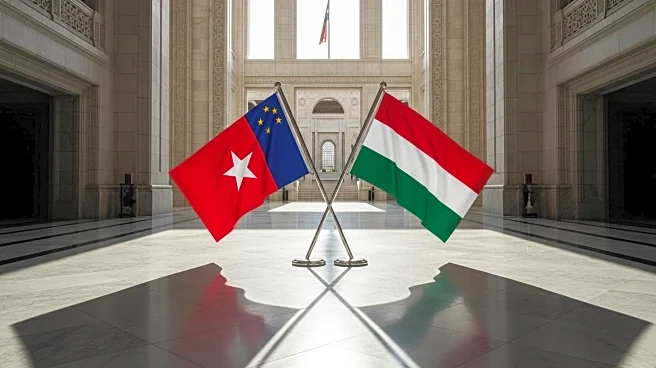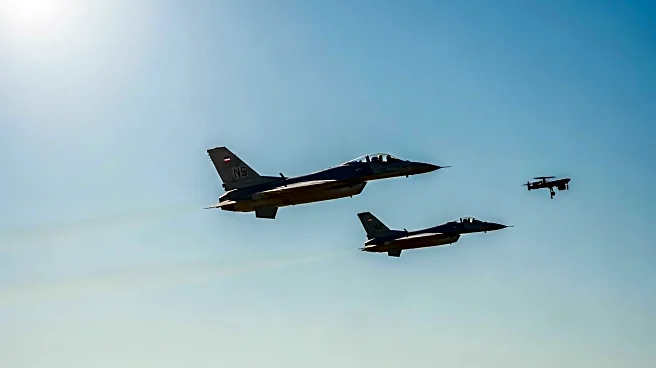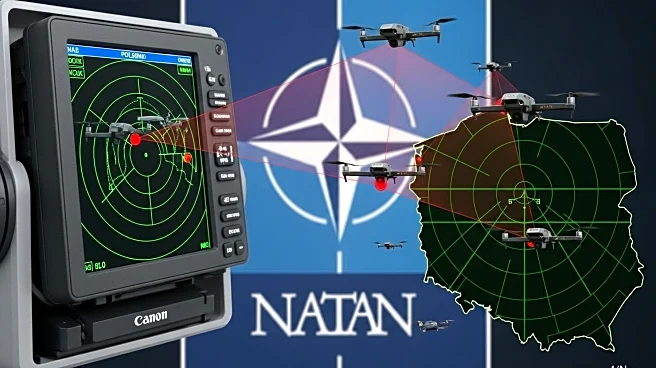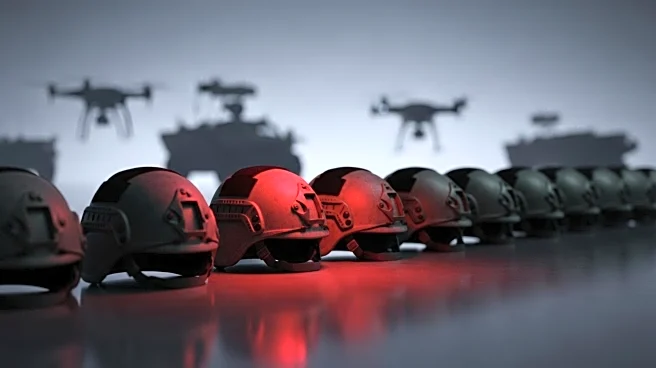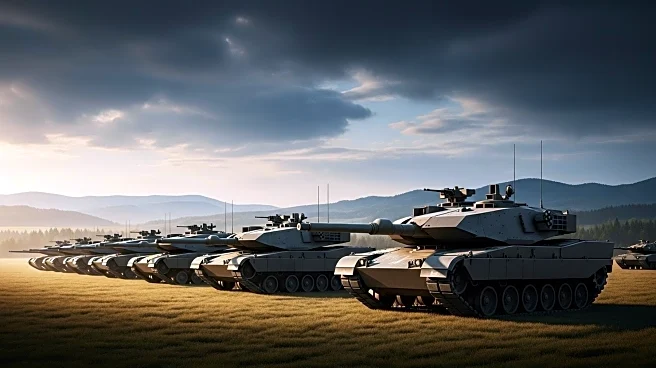What's Happening?
Belarus and Russia are conducting joint military exercises named 'West 2025' at the Borisovsky training ground. These drills are characterized by significant firepower, including mortar and artillery shells, helicopter gunships, and Sukhoi-34 bombers. The exercises are claimed to be defensive, aimed at strengthening security against potential external threats. However, the timing coincides with heightened tensions in Eastern Europe, particularly due to Russia's ongoing conflict with Ukraine. Poland has expressed concerns, labeling the drills as aggressive, and has closed its border with Belarus. NATO has responded to recent Russian drone incursions into Polish airspace by scrambling fighter jets.
Why It's Important?
The military exercises by Belarus and Russia are significant as they occur during a period of increased geopolitical tension in Eastern Europe. The drills are perceived by some, including Poland, as aggressive, potentially exacerbating regional instability. The incursions by Russian drones into NATO member airspace, such as Poland and Romania, raise concerns about Russia's intentions and the unity of NATO. These developments could impact diplomatic relations between Russia, Belarus, and Western countries, including the U.S., as they test the resolve of European leaders and NATO's collective defense commitments.
What's Next?
The ongoing military exercises and drone incursions may lead to further diplomatic and military responses from NATO and European countries. Poland's closure of its border with Belarus and NATO's military readiness indicate potential escalations. The situation may prompt increased dialogue among NATO members to address security concerns and reinforce collective defense strategies. Additionally, Belarus and Russia's efforts to improve ties with the U.S. could be affected by these developments, influencing future diplomatic engagements.
Beyond the Headlines
The transparency claimed by Belarus in inviting international media to observe the drills may serve dual purposes: demonstrating openness while subtly showcasing military capabilities to Western observers. This could be interpreted as a strategic message to Europe, emphasizing the potential consequences of confrontation with Moscow. The exercises highlight the complex interplay of military power and diplomacy in the region, with implications for long-term security dynamics.

